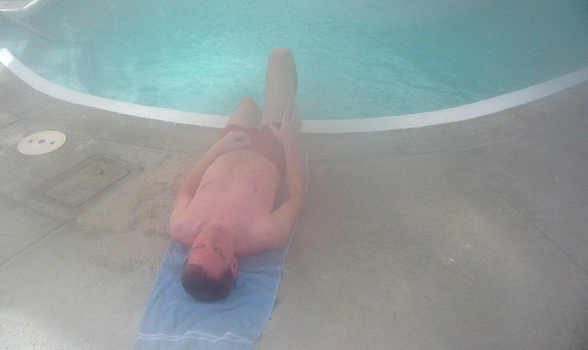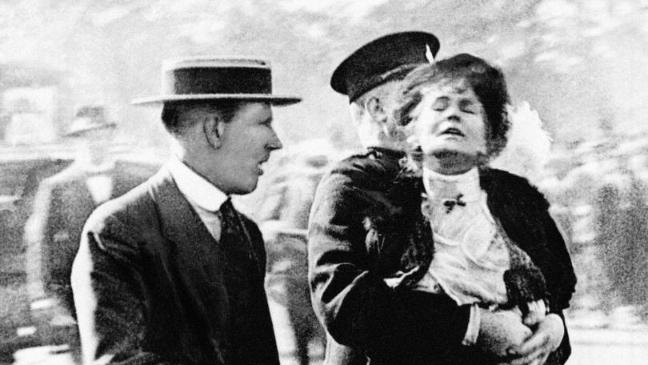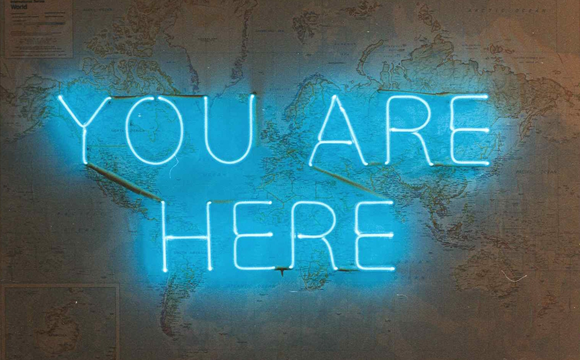As temperatures drop and the days become shorter, you may notice a dip in your mood. Seasonal affective disorder (SAD), or “winter depression,” is a common mental health problem. In fact, the American Academy of Family Physicians, reports that 4-6 percent of people may have SAD, and another 10-20 percent may have a mild case of SAD.
“SAD can be as debilitating as traditional yearlong anxiety and/or depression,” said clinical psychologist Amanda Rafkin.
SAD often occurs during the winter when lower levels of sunlight may affect the balance of hormones like serotonin and melatonin. Lower levels of these two hormones can negatively impact sleep, mood and overall well-being.
Want to boost your mood during dark winter months? You’re in luck! Here are 10 tips on ways to manage symptoms of SAD.
1. Know the Signs and Symptoms
In order to put a plan of action in place to manage SAD, you need to be able to recognize the signs and symptoms of the disorder. Feeling sad or less energized during the winter months are two signs of SAD. Once you realize you are experiencing SAD, you can seek professional help or take measures to help alleviate symptoms.

2. Exercise Regularly
Regular exercise can ease symptoms of depression, especially during the gloomy winter months.
You don’t have to be training for a marathon to enjoy the benefits of exercise, because any type of exercise activates dopamine and serotonin, the “feel good” chemicals in the brain. These chemicals can help fight symptoms of SAD.
Incorporate moderate physical activity, like walking or biking, for 30 minutes a day to get those neurotransmitters going!

3. Stay Connected
One way to fight SAD is by remaining connected to your loved ones and identifying your support network. Being able to communicate with those around you can help create a positive dialogue about ways to combat symptoms of SAD.
“Research shows that those with a larger support network can make behavioral changes easier,” psychotherapist Aimee Bernsteintells said. “Create an agreement with your support network to spend time together doing fun things, especially during the winter months, that will shift your mood and energize you.”
4. Get Enough Light
Try taking in as much sunlight as possible during the winter months. This can be as easy as opening your blinds during the day or getting outside in the morning. Getting a good amount of natural light during the day can help alleviate symptoms of SAD.
When the body absorbs sunlight, it also absorbs vitamin D, which has a number of health benefits. It may be hard to get enough vitamin D in the winter, so taking a supplement during dark winter months may help your overall mental health.

5. Try Light Therapy
The most effective way to combat SAD is with the help of a light therapy box. The box beams artificial light that mimics natural light. Before trying a light therapy box, make sure to speak with your clinician or therapist to see if this form of therapy is right for you.
“The SAD lamp helps regulate your circadian rhythms that get thrown off by days with shorter periods of light. Try using the box first thing in the morning,” said Rafkin.
Rafkin suggests choosing an early, consistent time to wake up every day to get more hours of daylight during winter.

6. Combat Unhealthy Habits
There are a number of ways to cope with symptoms of SAD, but it can be easy to rely on unhealthy coping mechanisms during winter. Activities like drinking or overeating may feel good in the moment, but can lead to feeling more anxious and depressed later on.

7. Write It Out
No matter the season, having a personal journal can be an effective tool to help combat depression. Depression can cause you to lose sight of the positive aspects of your life, but writing your thoughts and feelings down is a good way to keep those positive things in mind.
Rafkin suggests starting each journal entry with three things you’re grateful for, before writing down your emotions for the day.

8. Meditate
Mediation can have a positive impact on your mood because it boosts serotonin levels. Through meditation, you can calm your mind and move your attention away from anxious or negative thoughts.

9. Take a Vacation
If cold, gloomy winter days are getting you down, plan a vacation to a sunny location! Pack a swimsuit, grab a good read and head to a location where you can get all the natural sunlight you need.
Remember, winter won’t last forever and will eventually give way to sunny summer days where you live.

10. Get Professional Help
If you’re feeling especially blue during the winter, there’s absolutely nothing wrong with seeking professional help.
“A counselor can be a great source of emotional support and can help you identify healthy coping strategies to get you through the winter months,” Rafkin said.
Treatment for SAD
According to National Institute of Mental Health, there are four main treatments for SAD: medication, light therapy, psychotherapy and vitamin D. Depending on the person, these treatments can be used together or separately to manage symptoms of the disorder.
- Medication: Selective Serotonin Reuptake Inhibitors (SSRIs) are often used to treat SAD. Bupropion, another type of antidepressant, has been approved by the FDA for treating SAD, too.
- Light Therapy: Since the 1980s, light therapy has been the main treatment for SAD. Light therapy is supposed to replace diminished sunlight during winter with bright, artificial light. To help alleviate symptoms of SAD, it is recommended to sit in front of a light box first thing in the morning on a daily basis.
- Psychotherapy: Cognitive behavioral therapy (CBT) can be effective for people experiencing SAD. CBT for SAD relies on identifying negative thoughts and replacing them with positive ones. Behavioral activation is another technique that may be used, which helps the person identify enjoyable activities to improve coping with winter gloom.
- Vitamin D: By itself, vitamin D supplementation is not considered an effective SAD treatment. However, people with SAD have been found to have lower levels of vitamin D in their blood, which may be due to insufficient diet or insufficient exposure to sunshine.
Learn more about ways to manage symptoms of SAD here.
Also published on Medium.
















